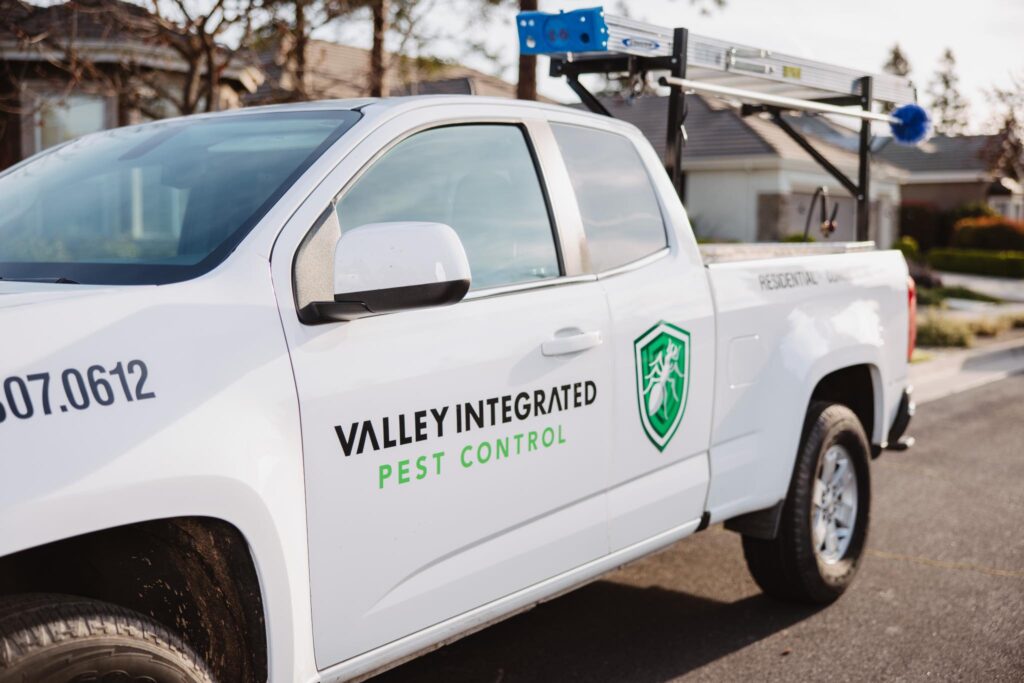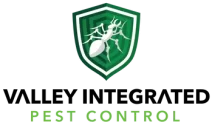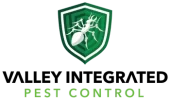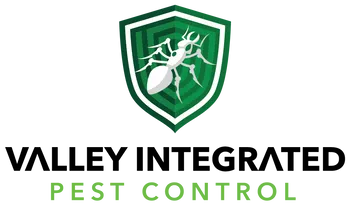Your yard may be seriously damaged by invading pests. They destroy vegetation, erode the ground, and attract other unwelcome insects. They may spread rapidly without appropriate pest management and complicate maintaining a healthy outdoor environment. While some pests ruin trees, shrubs, or flowers, others target grass. Taking early steps can prevent expensive damages for your yard. This blog will walk you through stopping them before they seize control. Just smart planning and consistent maintenance will be enough; you do not need special tools or costly treatments.

Recognizing the Signs of Invasive Pests
Damaged Grass and Plants
If your yard has patches of dead grass, holes in leaves, or weak-looking plants, pests may be feeding on them. While some pests munch through leaves, others get nourishment from stems. Look for drooping plants, discoloured areas, and little bite marks. These might suggest that an infestation is under way.
Unusual Holes in the Soil
Many insects and other pests strike from under the surface. They can be hidden under the surface if you see little tunnels or mounds of dirt. When pests like beetles and grubs feed on grass roots, the grass becomes pliable and easy to pluck off. Because the grass will have a tougher time growing back, this might make lawn protection more difficult.
Sticky or Webbed Leaves
Insects may damage plants by leaving behind sticky sap or delicate webs. This characteristic is shown by spider mites and aphids. Signs that they are feeding include a sticky texture or the presence of delicate silk threads in the leaves. These pests can spread fast if not controlled.
How to Keep Pests Out of Your Yard
Choose the Right Plants
Certain plants are inherently pest-repelling. Scents from marigolds, lavender, and chrysanthemums ward against pests. Planting them all over your yard naturally guards against destructive insects. Because they have evolved to fit their surroundings, native plants are also more robust against local pests.
Maintain Healthy Soil
Pests find it more difficult to take over healthy soil. Adding organic waste and compost helps plants fight pests and strengthens their roots. Aerating your yard also reduces the hiding place for insects under the surface.
Encourage Natural Predators
Some insects, frogs, and birds can help to regulate pests populations. Aphids are consumed by ladybugs; praying mantises consume many destructive insects. Adding small water sources or bird feeders can attract these useful species. This is a natural approach without pesticides to lower outdoor pests.
Physical Barriers for Pest Control
Use Row Covers and Netting
Row coverings and nets are great for tiny plants and vegetable gardens to help to prevent pests. These are easy to put up and stop any insects landing on your plants. They also guard against bigger animals like rabbits and other potential crop eaters.
Mulch to Deter Bugs
Mulching around plants helps certain pests stay away from reaching the roots. Crushed leaves, straw, or wood chips might complicate insect movement on the ground. Mulch enhances plant health and helps keep moisture as well.
Fencing for Larger Pests
If your yard draws deer, rabbits, or raccoons, a fence may help. Most small animals can be kept out with an at least three-foot high wire fence. To avoid burrowing vermin from tunneling through the fence, bury some of it underground.
Chemical-Free Ways to Handle Infestations
Soap and Water Spray
Many dangerous insects may be eliminated off leaves using a basic water and dish soap solution. Mist the solution over plants that are affected with aphids, mites, or other pests. This method is safe for plants and the environment.
Diatomaceous Earth
Crushed shells are the natural ingredients in this powder, which is harmless to humans but poisonous to insects. Pests such as ants, beetles, and caterpillars may be discouraged by scattering it about plants. Their bodies will become dry, which will prevent them from spreading.
Essential Oils
Some basic oils, such neem oil and peppermint, deter many insects. A few drops mixed with water sprayed on plants can help to ward against pests. These oils help to prevent outdoor pests from coming back.
Regular Yard Maintenance
Remove Dead Plants and Debris
Dead plants, branches, and piles of leaves provide ideal hiding places for insects and other pests. They will have a tougher time settling in your yard if you clear them out often.
Mow and Trim Regularly
Maintaining short grass and pruning plants help to minimize areas where bugs could find a hiding spot. A well-kept lawn also enhances turf protection, therefore reducing the likelihood of pests finding a hold.
Check for Pests Often
Inspect your plants and grass regularly. Problems are more manageable when addressed early. If you see signs of damage, act quickly before the pests multiply.
Defend Your Yard from Destructive Pests Before It’s Too Late
Protecting your yard from invasive pests takes consistent care, but it’s worth it. Natural pest management strategies, barrier building, and good soil maintenance help to prevent harm caused by them. Look for early warning signs including holes in the ground, sticky leaves, or damaged grass. Little actions like introducing naturally occurring predators and pest-resistant plants may have a large impact. Over time, a yard free of pests is healthier, stronger, and more manageable. Use these basic yet powerful ideas to guard your yard.
Protect your yard with expert solutions from Valley Integrated Pest Control. Get in touch with us today for safe, effective, and long-lasting pest control to stop invasive pests from taking over your yard. Call now to keep your outdoor space healthy and pest-free!






